Home>Furniture & Design>Bathroom Accessories>How To Reduce Kitchen Exhaust Fan Noise
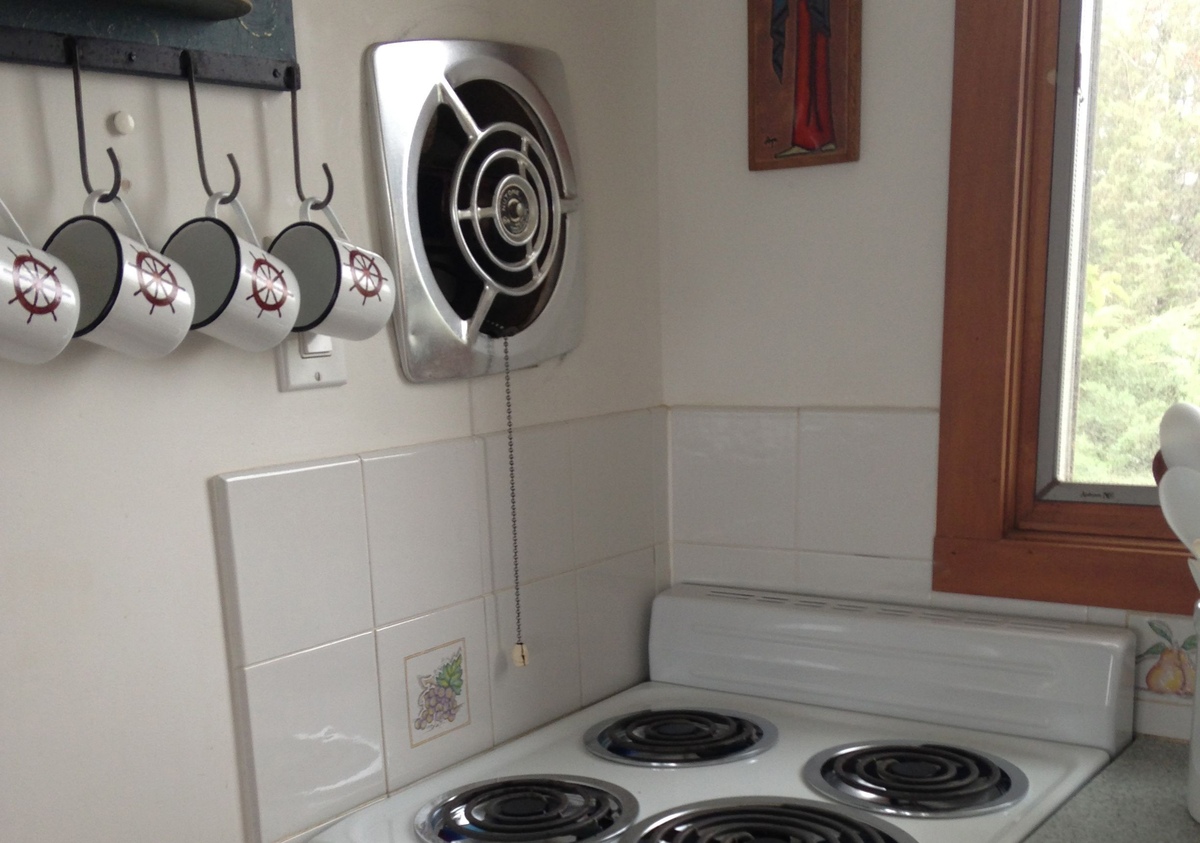

Bathroom Accessories
How To Reduce Kitchen Exhaust Fan Noise
Modified: February 29, 2024
Discover effective ways to reduce kitchen exhaust fan noise with our top bathroom accessories. Create a quieter and more peaceful kitchen environment today!
(Many of the links in this article redirect to a specific reviewed product. Your purchase of these products through affiliate links helps to generate commission for Storables.com, at no extra cost. Learn more)
Introduction
A kitchen exhaust fan is an essential component of any modern kitchen, serving the crucial function of removing smoke, odors, and airborne grease particles from the cooking area. However, the persistent noise emitted by these exhaust fans can be a source of frustration for many homeowners. The constant whirring, rattling, or humming can disrupt the tranquility of the home environment, making it challenging to enjoy peaceful meals or engage in conversations while cooking. Fortunately, there are effective strategies to mitigate this nuisance and restore a serene ambiance to your kitchen.
In this comprehensive guide, we will delve into the various factors that contribute to kitchen exhaust fan noise and provide practical tips for reducing and managing this unwelcome disturbance. By understanding the root causes of the noise and implementing targeted solutions, you can transform your kitchen into a more tranquil and enjoyable space. Whether you are a passionate home cook, a culinary enthusiast, or simply someone who values a peaceful living environment, the insights shared in this article will empower you to address kitchen exhaust fan noise effectively.
Join us as we explore the nuances of kitchen exhaust fan noise, uncover the underlying reasons behind its occurrence, and discover actionable steps to minimize its impact. By the end of this guide, you will be equipped with the knowledge and tools necessary to create a quieter and more harmonious kitchen environment for you and your loved ones to savor. Let's embark on this journey toward a quieter kitchen together.
Key Takeaways:
- Say goodbye to noisy kitchen exhaust fans by investing in high-quality, sound-dampening models, and implementing maintenance tips like regular cleaning and balancing fan blades. Enjoy a quieter, more peaceful cooking environment for your family.
- Reduce kitchen exhaust fan noise with practical strategies such as ductwork optimization, vibration isolators, and variable speed controls. Regular maintenance, including lubrication and cleaning, ensures a tranquil and enjoyable culinary space for all.
Read more: How To Reduce Projector Fan Noise
Understanding the Causes of Kitchen Exhaust Fan Noise
The persistent noise emanating from kitchen exhaust fans can be attributed to various factors, each contributing to the overall cacophony within the kitchen space. Understanding the root causes of this noise is crucial in devising effective strategies to mitigate its impact and restore a peaceful ambiance to the kitchen environment.
-
Fan Motor Malfunction: One of the primary culprits behind kitchen exhaust fan noise is a malfunctioning fan motor. Over time, the motor components may wear out, leading to increased friction and irregular operation. This can result in a range of disruptive sounds, including rattling, humming, or grinding noises, as the motor struggles to function optimally.
-
Imbalanced Fan Blades: Another common cause of kitchen exhaust fan noise is imbalanced fan blades. When the blades are not properly aligned or have incurred damage, they can produce irregular vibrations and rattling sounds during operation. This imbalance can reverberate throughout the fan assembly, amplifying the overall noise output.
-
Accumulated Debris and Grease Buildup: The accumulation of debris, dust, and grease within the fan assembly and ductwork can impede smooth airflow and exacerbate noise levels. As the fan operates, the presence of these obstructions can lead to turbulent airflow and increased resistance, resulting in audible disturbances such as whistling or clattering.
-
Worn Bearings and Components: Over time, the bearings and other internal components of the exhaust fan can experience wear and tear, leading to increased friction and mechanical noise. This can manifest as a persistent humming or whirring sound, indicative of deteriorating components struggling to maintain smooth operation.
-
Inadequate Installation: Poor installation practices or suboptimal mounting of the exhaust fan can also contribute to excessive noise. Improper alignment, loose fittings, or inadequate insulation can amplify vibrations and sound transmission, leading to a noisier kitchen environment.
By gaining a comprehensive understanding of these underlying causes, homeowners can effectively address the sources of kitchen exhaust fan noise and implement targeted solutions to restore tranquility to their culinary spaces. In the subsequent sections, we will explore practical tips and maintenance strategies to reduce and manage kitchen exhaust fan noise, empowering you to create a more peaceful and enjoyable kitchen environment.
Tips for Reducing Kitchen Exhaust Fan Noise
Reducing kitchen exhaust fan noise is a feasible endeavor that can significantly enhance the overall ambiance of your culinary space. By implementing targeted strategies and leveraging practical tips, homeowners can effectively mitigate the disruptive effects of exhaust fan noise, creating a more tranquil and enjoyable kitchen environment.
1. Select a High-Quality Exhaust Fan:
Investing in a high-quality exhaust fan with sound-dampening features can serve as a foundational step in reducing noise levels. Opt for models equipped with insulated housings, balanced fan blades, and efficient motor designs to minimize operational noise without compromising performance.
2. Consider Noise Ratings:
When selecting a new exhaust fan or evaluating existing models, pay attention to noise ratings expressed in sones. Lower sone ratings indicate quieter operation, making it essential to prioritize fans with reduced sone levels for a more peaceful kitchen environment.
Read more: How To Reduce HVAC Noise
3. Regular Cleaning and Maintenance:
Routine cleaning and maintenance of the exhaust fan and its components are essential for noise reduction. Clearing accumulated debris, dust, and grease from the fan blades, housing, and ductwork can promote smoother airflow and minimize disruptive noises caused by obstructions.
4. Balance and Alignment:
Ensuring proper balance and alignment of fan blades is crucial for minimizing vibrations and rattling noises. Periodically inspect and adjust the fan blades to maintain optimal alignment, reducing the likelihood of imbalanced operation and associated noise.
5. Install Vibration Isolators:
Integrating vibration isolators or dampening mounts during the installation of the exhaust fan can effectively mitigate the transmission of vibrations to the surrounding structure. This can significantly reduce the propagation of noise, creating a quieter kitchen environment.
6. Ductwork Optimization:
Optimizing the ductwork design and layout can contribute to noise reduction. Smooth, unobstructed ducts with adequate insulation can minimize turbulence and attenuate noise transmission, enhancing the overall quietness of the exhaust system.
Read more: How To Reduce Construction Noise
7. Upgrade to Variable Speed Controls:
Consider upgrading to exhaust fans equipped with variable speed controls, allowing for customized airflow and noise levels based on specific cooking requirements. This flexibility enables quieter operation during light cooking tasks while providing higher airflow when needed.
8. Soundproofing Measures:
Implement soundproofing measures in the kitchen space, such as installing acoustic panels or sound-absorbing materials near the exhaust fan. These additions can help dampen noise and minimize its impact on the surrounding environment.
9. Seek Professional Assessment:
If persistent noise issues persist despite implementing these tips, consider seeking professional assessment and maintenance services. Trained technicians can diagnose underlying issues and provide tailored solutions to address the root causes of exhaust fan noise effectively.
By incorporating these tips into your kitchen maintenance and improvement efforts, you can proactively reduce kitchen exhaust fan noise, fostering a more serene and enjoyable culinary environment for you and your family.
Maintenance and Upkeep for a Quieter Kitchen Exhaust Fan
Maintaining and upkeeping your kitchen exhaust fan is paramount in ensuring a quieter and more peaceful culinary environment. By incorporating regular maintenance practices and targeted upkeep strategies, homeowners can effectively mitigate the disruptive effects of exhaust fan noise, fostering a tranquil ambiance within the kitchen space.
Read more: How To Reduce Electric Motor Noise
1. Routine Cleaning and Inspection:
Regular cleaning and inspection of the exhaust fan components are essential for noise reduction. Begin by disconnecting the power supply and removing the fan cover to access the fan blades, housing, and motor assembly. Thoroughly clean the fan blades, removing accumulated grease, dust, and debris that can impede smooth airflow and contribute to noise generation. Additionally, inspect the motor assembly for signs of wear, ensuring that the bearings and other internal components are in optimal condition.
2. Lubrication of Moving Parts:
Proper lubrication of the fan motor and bearings is crucial for maintaining smooth and quiet operation. Apply manufacturer-recommended lubricants to the motor bearings and other moving parts to minimize friction and reduce mechanical noise. This simple yet effective maintenance task can significantly contribute to a quieter exhaust fan experience.
3. Tighten Loose Fittings and Fasteners:
Over time, the vibrations and operational stresses can lead to loosening of fittings and fasteners within the exhaust fan assembly. Periodically inspect and tighten any loose screws, bolts, or mounting hardware to minimize rattling and vibrations that contribute to noise generation. Ensuring secure and stable connections can promote a quieter and more stable fan operation.
4. Check and Clean Ductwork:
The ductwork connected to the exhaust fan plays a critical role in noise transmission and airflow efficiency. Inspect the ductwork for any obstructions, accumulated debris, or signs of damage that may impede smooth airflow and contribute to noise. Clear any blockages and clean the ducts thoroughly to promote unobstructed airflow and minimize noise propagation.
Read more: How Much Does Carpet Reduce Noise
5. Verify Fan Blade Balance:
Imbalanced fan blades can lead to irregular vibrations and rattling noises during operation. Use a balancing kit or specialized tools to verify and adjust the balance of the fan blades, ensuring that they rotate smoothly without generating excessive noise. Properly balanced fan blades contribute to a quieter and more stable exhaust fan operation.
By integrating these maintenance and upkeep practices into your regular home maintenance routine, you can effectively reduce kitchen exhaust fan noise and create a more serene and enjoyable culinary environment for you and your family. Prioritizing the care and maintenance of your kitchen exhaust fan not only fosters a quieter ambiance but also extends the longevity and performance of this essential kitchen appliance.
Conclusion
In conclusion, addressing kitchen exhaust fan noise is a pivotal aspect of creating a tranquil and enjoyable culinary environment within the home. By understanding the underlying causes of noise generation, implementing practical tips for noise reduction, and prioritizing regular maintenance and upkeep, homeowners can effectively mitigate the disruptive effects of exhaust fan noise. The persistent whirring, rattling, or humming that often permeates the kitchen space can be significantly minimized through informed decision-making and proactive maintenance practices.
By selecting high-quality exhaust fans with sound-dampening features, considering noise ratings, and optimizing ductwork design, homeowners can proactively reduce noise levels and create a more serene kitchen environment. Additionally, incorporating vibration isolators, upgrading to variable speed controls, and implementing soundproofing measures can further contribute to a quieter and more enjoyable cooking space. These strategic measures not only minimize noise disturbances but also enhance the overall comfort and ambiance of the kitchen, allowing for a more pleasant culinary experience.
Furthermore, prioritizing routine cleaning, lubrication of moving parts, and meticulous inspection of fan components and ductwork is essential for long-term noise reduction. By maintaining optimal fan blade balance, tightening loose fittings, and ensuring unobstructed airflow, homeowners can actively contribute to a quieter and more efficient exhaust fan operation. These maintenance practices not only promote noise reduction but also extend the lifespan and performance of the exhaust fan, ensuring its continued functionality and reliability.
In essence, the journey toward a quieter kitchen involves a multifaceted approach that encompasses informed product selection, strategic upgrades, and diligent maintenance efforts. By embracing these strategies and integrating them into regular home maintenance routines, homeowners can transform their kitchen into a peaceful and harmonious space where the joys of cooking and dining can be savored without the disruptive accompaniment of excessive noise.
Ultimately, by leveraging the insights and strategies presented in this guide, homeowners can reclaim the tranquility of their kitchen environment, fostering a space where culinary creativity and shared meals can unfold amidst a backdrop of serenity and comfort. Embracing these practices empowers individuals to curate a kitchen space that not only delights the senses with delectable aromas and flavors but also nurtures a sense of calm and relaxation, enriching the overall home living experience.
Frequently Asked Questions about How To Reduce Kitchen Exhaust Fan Noise
Was this page helpful?
At Storables.com, we guarantee accurate and reliable information. Our content, validated by Expert Board Contributors, is crafted following stringent Editorial Policies. We're committed to providing you with well-researched, expert-backed insights for all your informational needs.


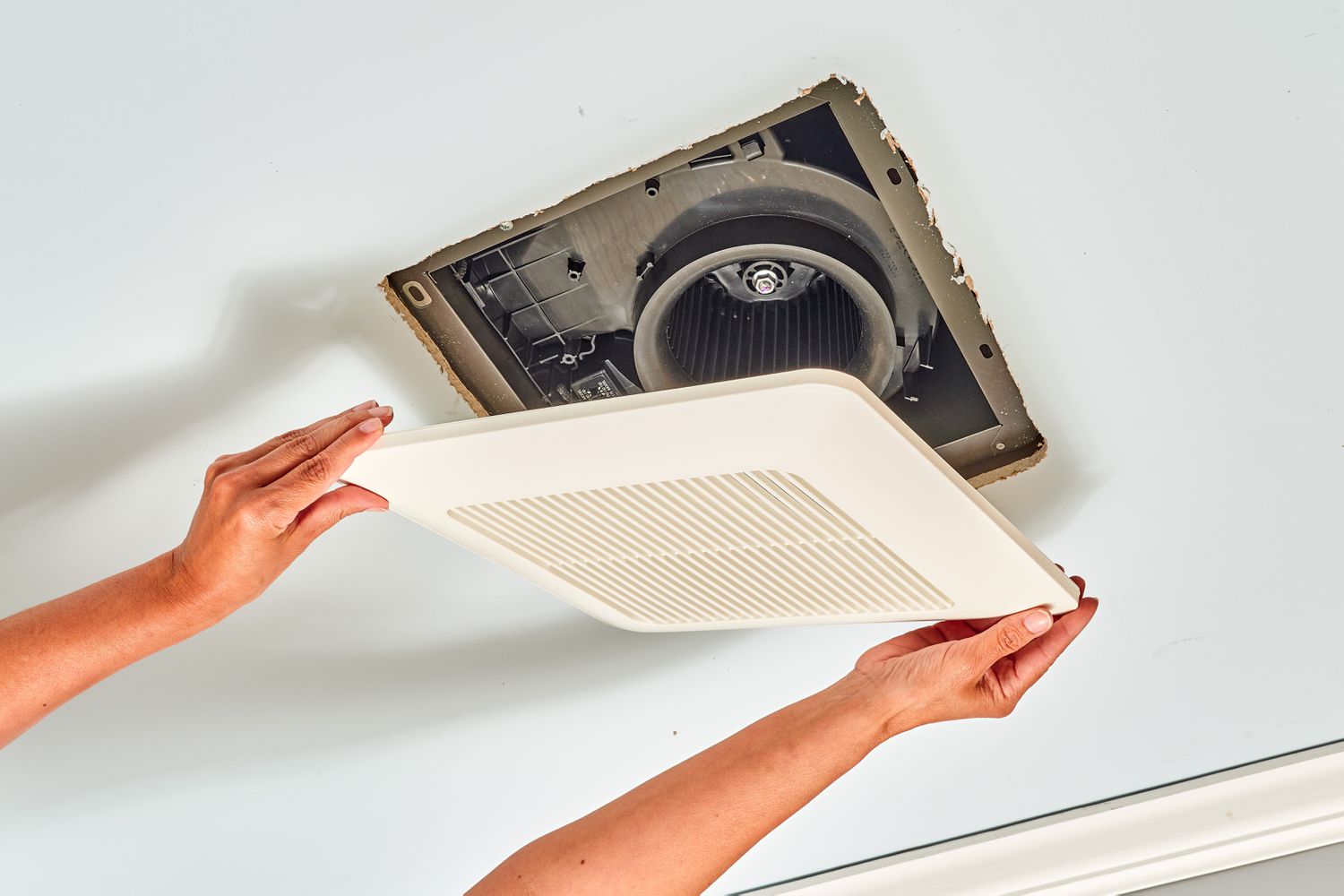

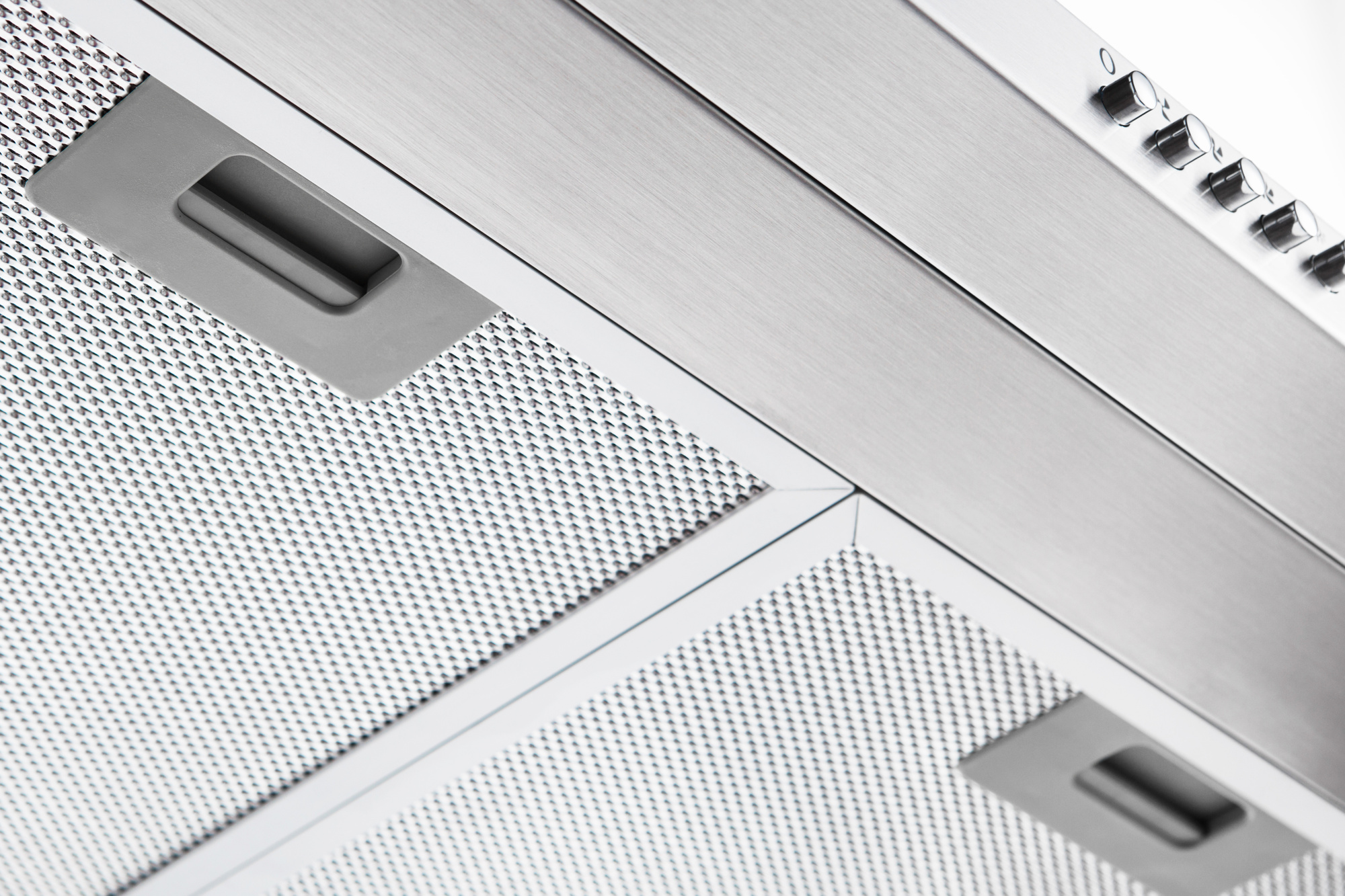
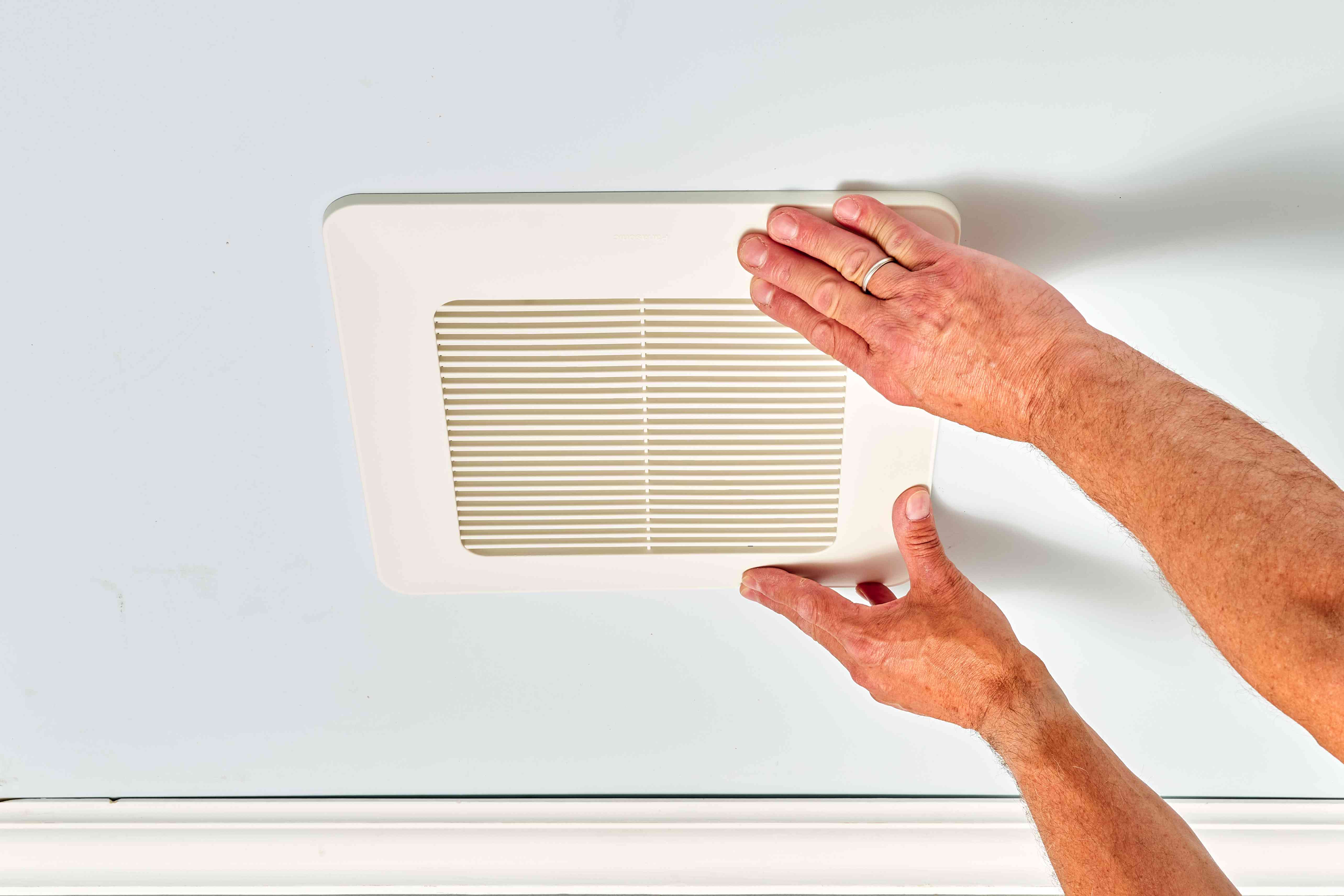
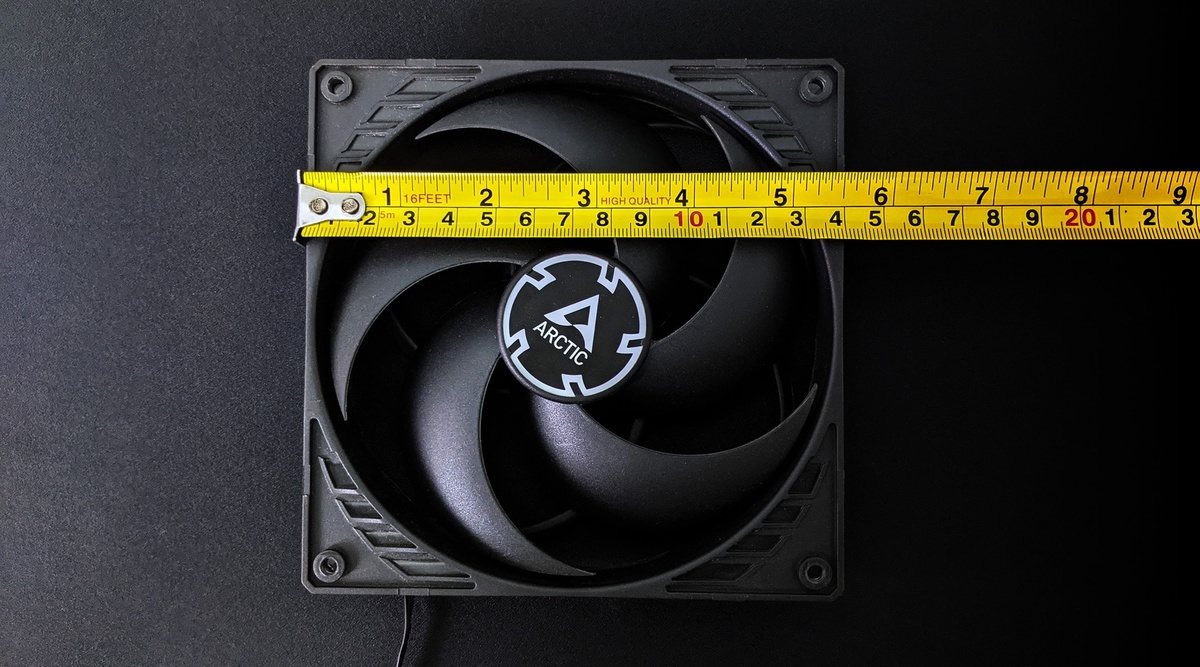
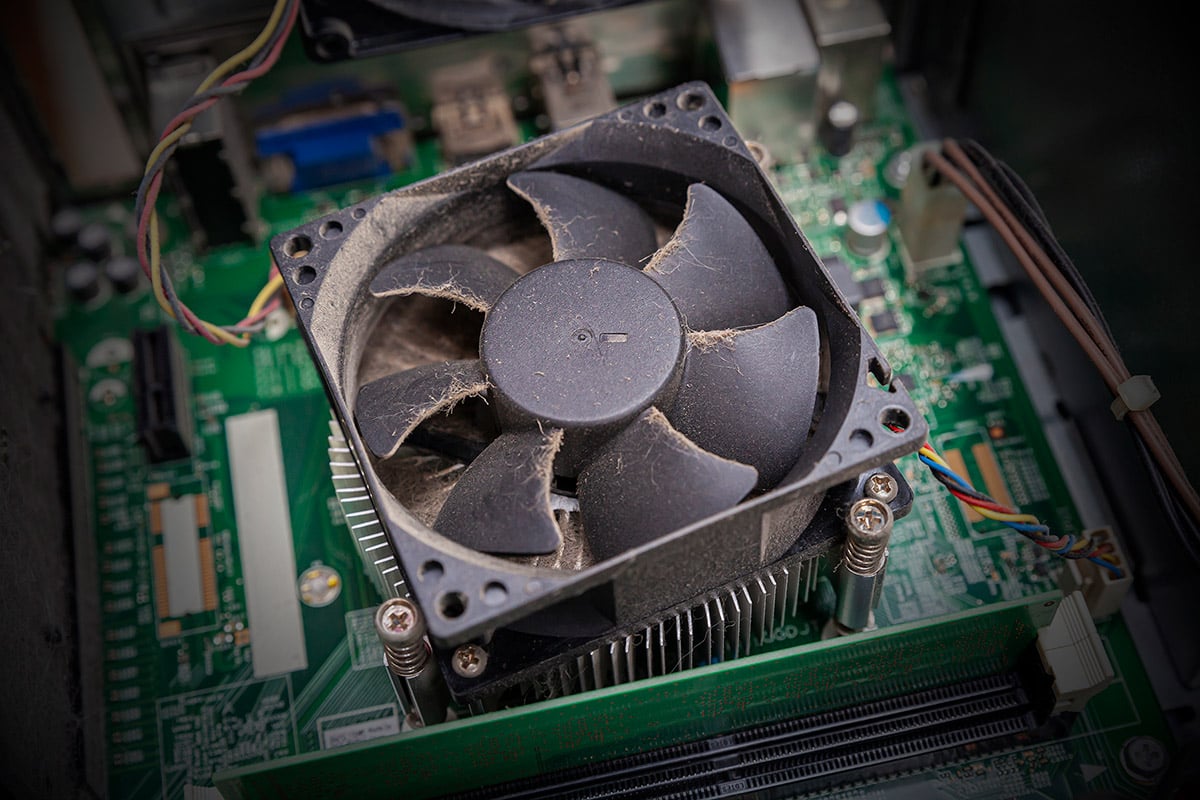
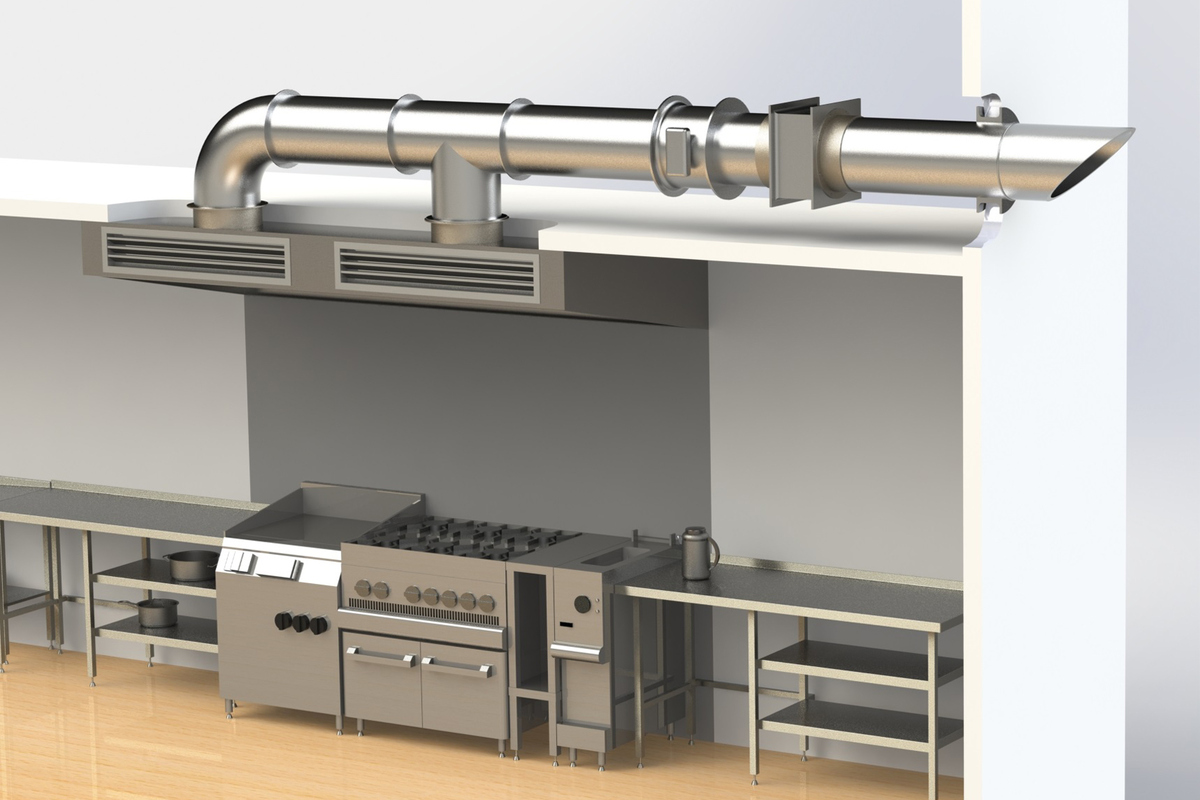
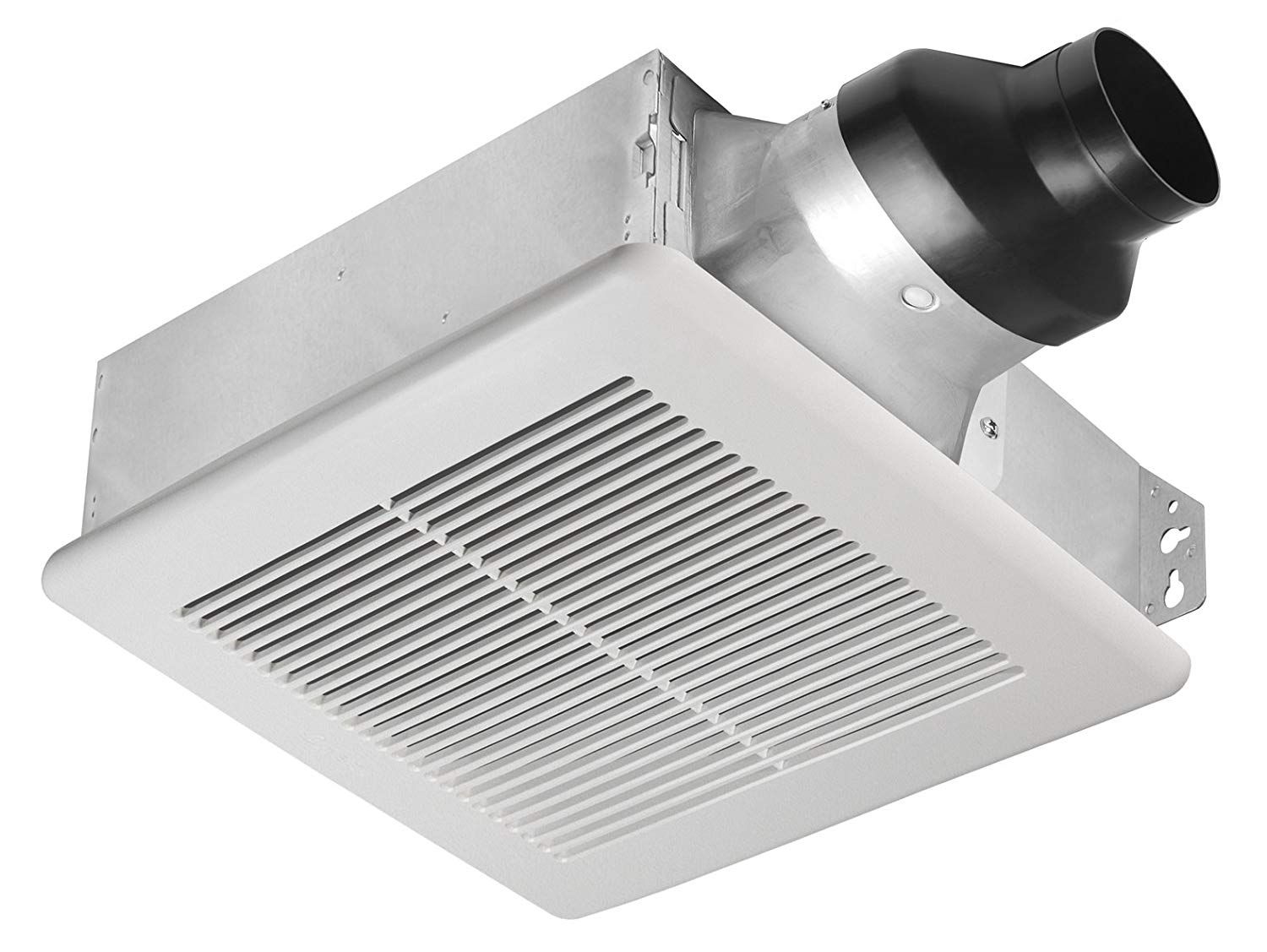
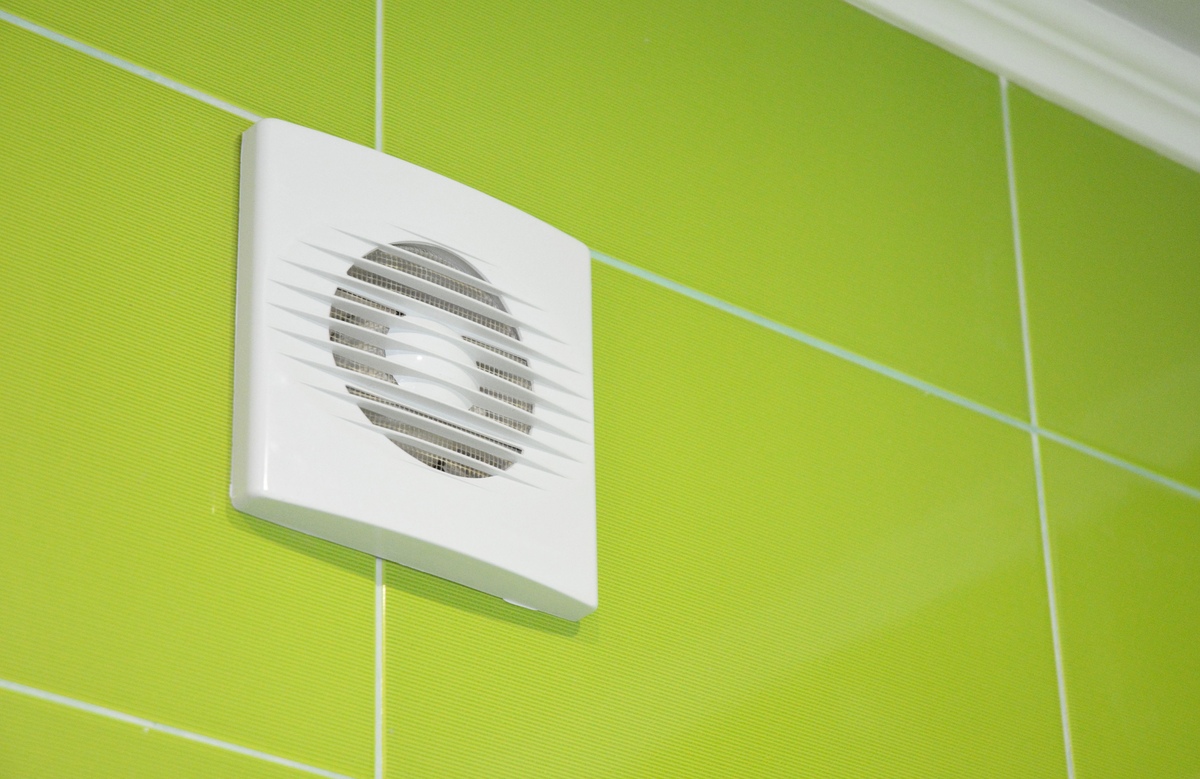

0 thoughts on “How To Reduce Kitchen Exhaust Fan Noise”